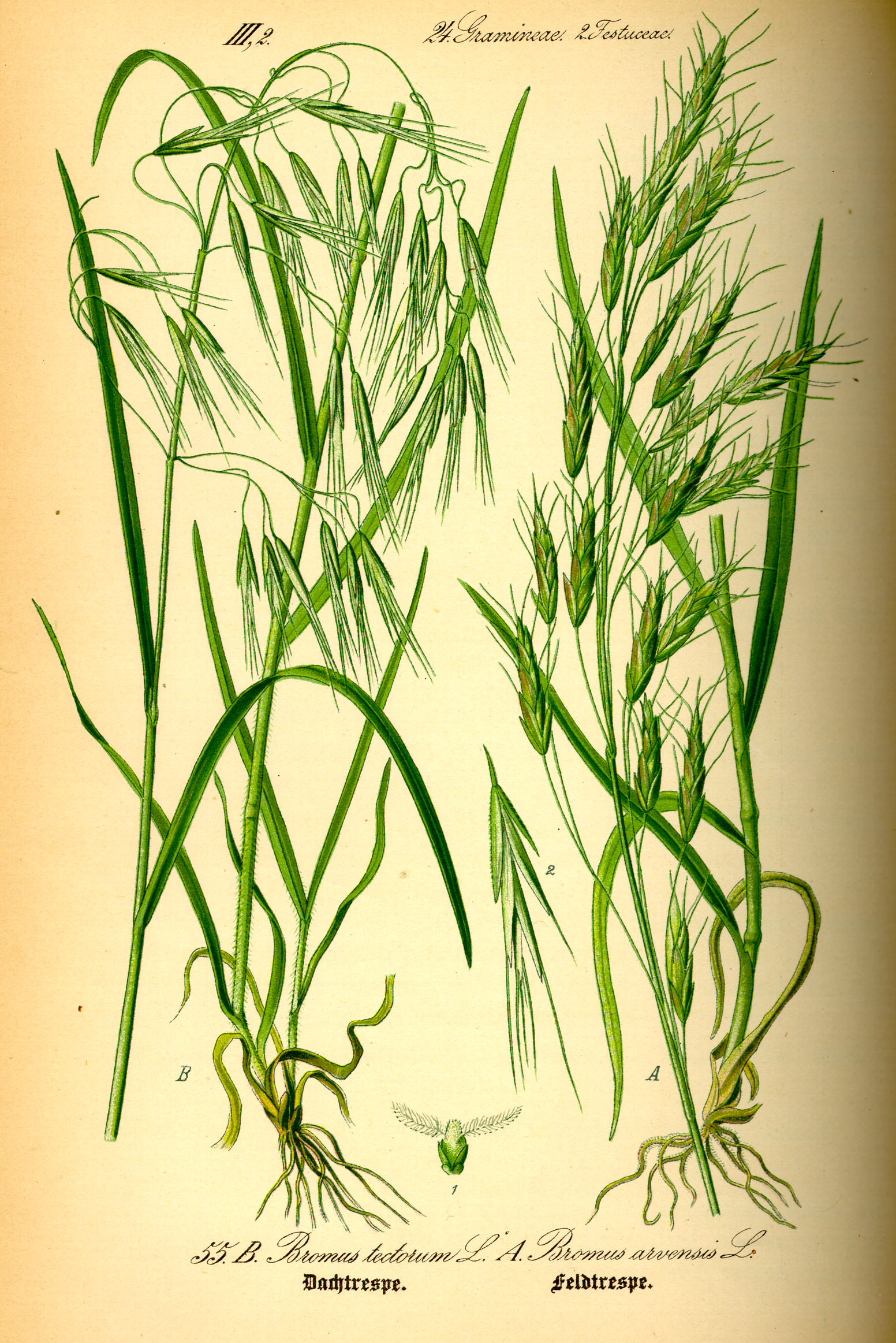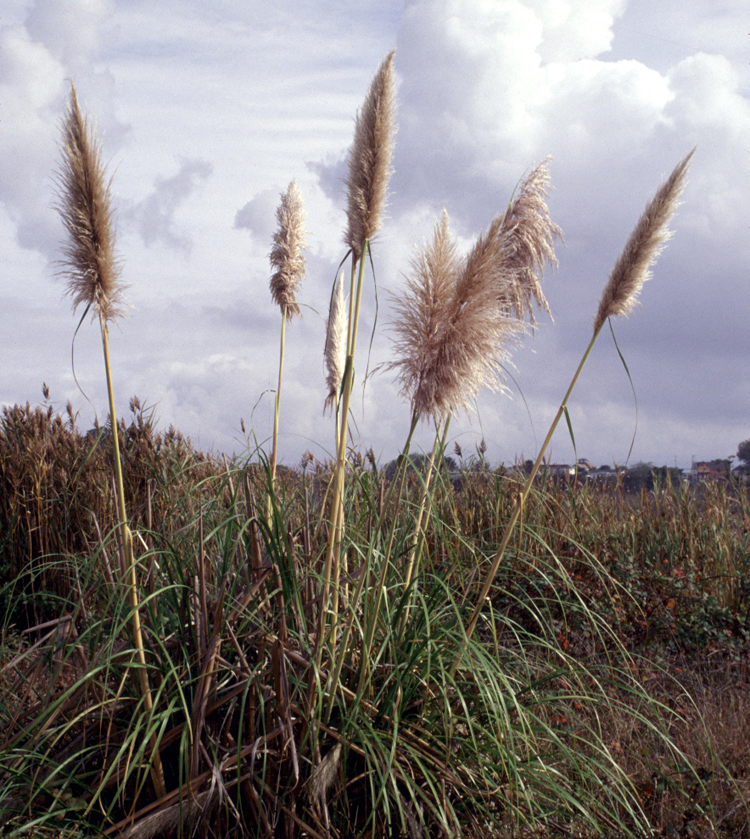“Cornell University ecologist David Pimentel and his colleagues have estimated that invasive species cost the nation $120 billion a year. The federal government spent $2.2 billion in 2012 trying to control them and fortify the native ecosystems they trample. A new wave of environmentalists has questioned this knee-jerk vilification of invasive species, arguing that some of these creatures merely threaten an outdated ideal of wildernesses as pristine places. That may be, but some can also make life pretty miserable: from brown marmorated stink bugs that destroy apple crops; to dense armadas of coqui frogs, whose pterodactylish screeching goes on all night and gets so loud that they’ve lowered property values in Hawaii; to the hundreds of thousands of giant African land snails skulking around Florida, slowly eating through the stucco walls of houses and puncturing car tires with their shells. They are the size of rats.
The breadth of America’s battle against invasive species can be hard to fathom. It involves 13 federal agencies and departments — obvious outfits like the United States Fish and Wildlife Service and the Forest Service, but also the Treasury Department. In 1999, something called the National Invasive Species Council had to be created to coordinate all these agencies’ efforts. The council’s deputy director, Chris Dionigi, noted the obvious challenge, systemwide, of responding to such a high volume of invasive species. ‘By the time a species is big and bad enough to get people’s attention, a local opportunity to fight it when it’s small enough to be halted has been lost,’ he said. ‘Sometimes things can fall through the cracks'” (source).
But what is an invasive species? “Invasive species, also called invasive exotics or simply exotics, is a nomenclature term and categorization phrase used for flora and fauna, and for specific restoration-preservation processes in native habitats, with several definitions.
- The first definition, the most used, applies to introduced species (also called “non-indigenous” or “non-native”) that adversely affect the habitats and bioregions they invade economically, environmentally, and/or ecologically. Such invasive species may be either plants or animals and may disrupt by dominating a region, wilderness areas, particular habitats, or wildland-urban interface land from loss of natural controls (such as predators or herbivores). This includes non-native invasive plant species labeled as exotic pest plants and invasive exotics growing in native plant communities. It has been used in this sense by government organizations, as well as conservation groups such as the International Union for Conservation of Nature (IUCN) and the California Native Plant Society. The European Union defines “Invasive Alien Species” as those that are, firstly, outside their natural distribution area, and secondly, threaten biological diversity. It is also used by land managers, botanists, researchers, horticulturalists, conservationists, and the public for noxious weeds. The kudzu vine (Pueraria lobata), Andean Pampas grass (Cortaderia jubata), and yellow starthistle (Centaurea solstitialis) are examples.
- The second definition includes the first, but broadens the boundaries to include indigenous or native species, with the non-native ones, that disrupt by a dominant colonization of a particular habitat or wildlands area from loss of natural controls (i.e.: predators or herbivores). Deer are an example, considered to be overpopulating their native zones and adjacent suburban gardens, by some in the Northeastern and Pacific Coast regions of the United States.
- The third definition identifies invasive species as a widespread non-indigenous species. This one can be too broad, as not every nonindigenous or “introduced” species has an adverse effect on a non-indigenous environment. A non-adverse example is the common goldfish (Carassius auratus), though common outside its native range globally, it is rarely in harmful densities to a native habitat. Because of the variability of its definition, and because definitions are often from a socioeconomic perspective, the phrase invasive species is often criticized as an imprecise term for the scientific field of ecology” (source).
The California Invasive Species Advisory Committee has created a list of invasive species that threaten California. The list currently includes over 1,700 species of all taxonomic types—vertebrate, invertebrate, plant, and disease—and includes not only those damaging organisms already in the state but also those that could conceivably be introduced and become problems in the future. Ironically, Humans (“Homo sapiens”) should be on top of all the lists because they are the underlying cause of all artificial invasions!





